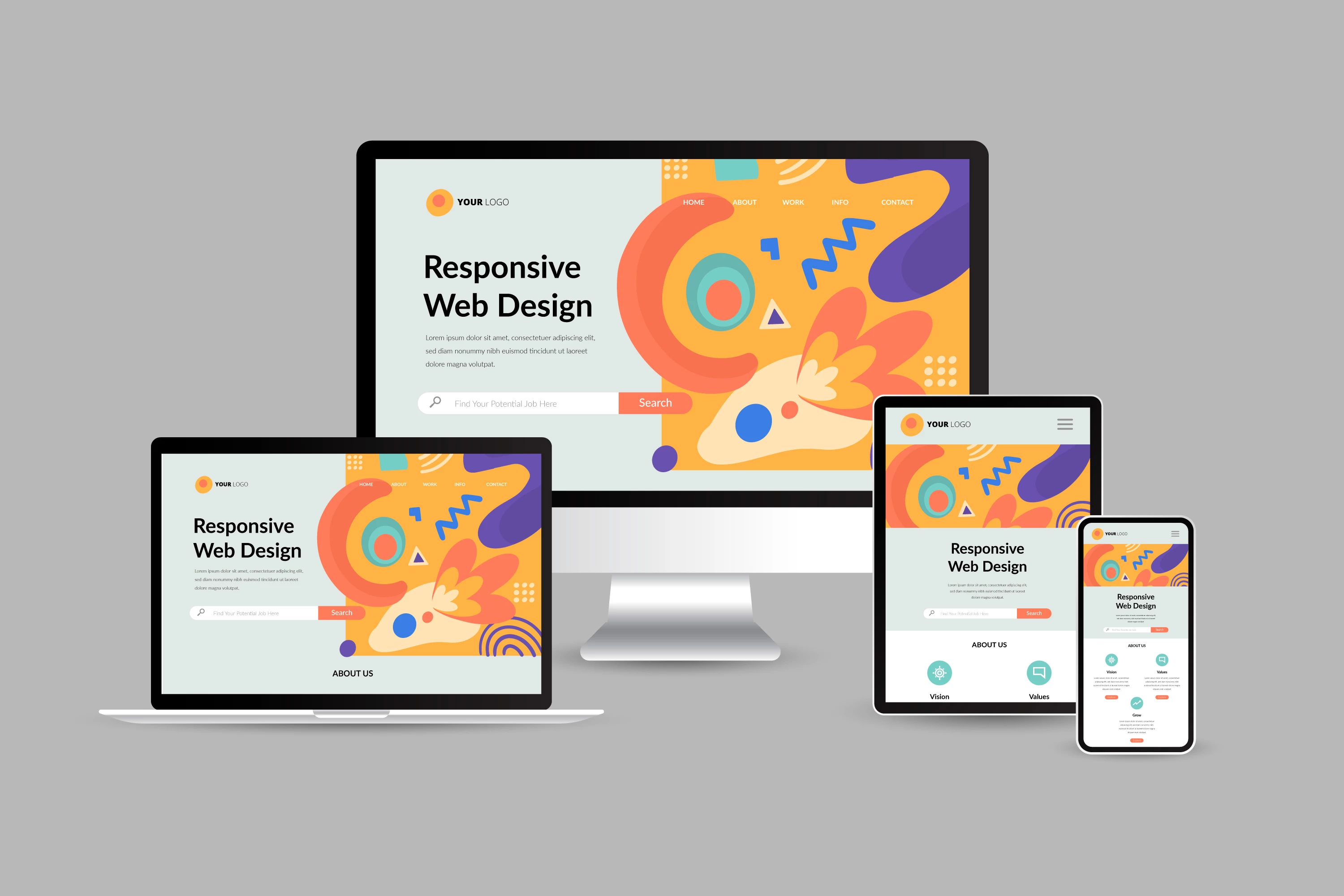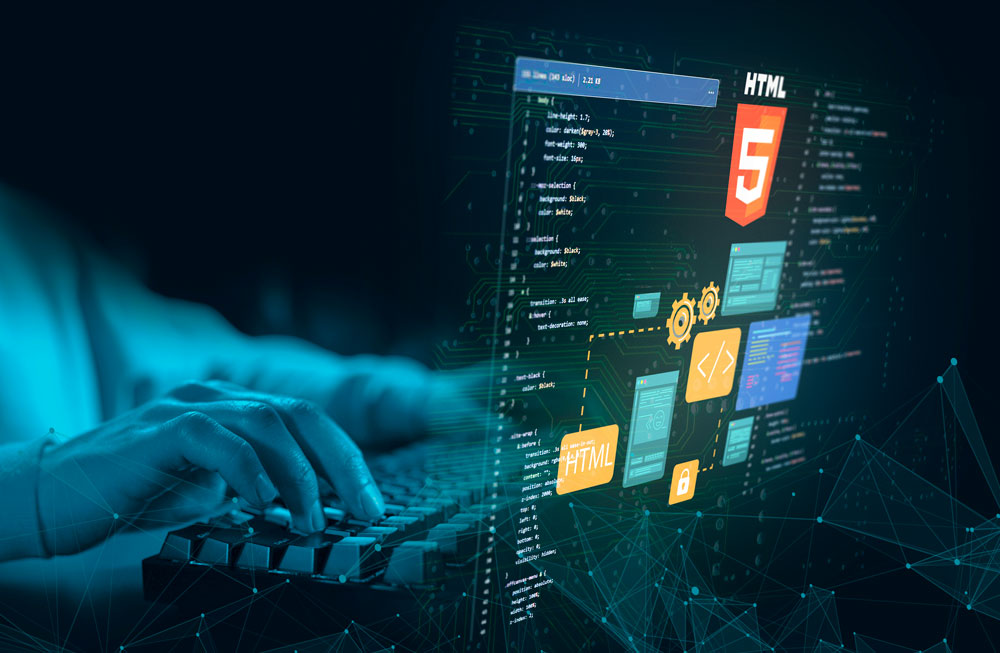Aligned Position Web Design: Stunning Websites Designed for Seamless User Experience
Aligned Position Web Design: Stunning Websites Designed for Seamless User Experience
Blog Article
The Finest Kinds Of Web Layout to Improve User Experience and Engagement
In the ever-evolving landscape of digital communication, the effectiveness of Web design substantially influences user experience and interaction. Different design methods, such as minimalist, receptive, and interactive layouts, each offer distinct advantages that can provide to varied user needs.
Minimalist Website Design
As digital landscapes become increasingly cluttered, minimal Web design has arised as a powerful technique to enhancing user experience. This layout ideology focuses on simpleness, concentrating on crucial elements while getting rid of unnecessary distractions. By making use of sufficient white area, straightforward navigation, and a minimal color combination, minimalist style cultivates clearness and routes individual interest to vital material.
The core principle of minimal Web layout is to create a smooth communication for customers. By decreasing cognitive tons, users can promptly understand info without feeling bewildered. This direct technique not only improves functionality however additionally motivates interaction, as visitors are extra most likely to explore a site that is visually attractive and easy to browse.
Furthermore, minimal style frequently stresses typography and imagery, using these components strategically to convey messages properly. This emphasis on necessary components can improve brand identification and produce a memorable customer experience. In significance, minimal website design is not just a fad; it is a thoughtful technique that acknowledges the importance of user-centered layout. By stripping away supplementary elements, designers can develop a much more interesting, effective, and pleasurable Web experience for all individuals.
Responsive Web Layout
In today's varied digital environment, receptive Web layout has actually come to be crucial for producing a smooth customer experience throughout a multitude of tools. As users accessibility web sites on smart devices, laptops, tablets, and desktops, the ability of a website to adapt its design and material to various display sizes and resolutions is important.
Receptive website design uses flexible grids, images, and CSS media questions to ensure that Web material is presented optimally, despite the tool made use of. This method not only improves the visual appeal of a web site yet additionally significantly boosts use. Users are a lot more likely to engage with a website that uses a constant experience, as it removes the aggravation of having to zoom in or scroll excessively.
By adopting receptive layout, organizations can boost their exposure and reach a more comprehensive target market. In recap, responsive Web design is a basic technique that improves individual experience, involvement, and overall contentment.
Interactive Website Design
Responsive Web layout lays the groundwork for improving user experience, yet interactive website design takes this an action even more by engaging individuals in a more vibrant way - Aligned Position Web Design. By including components such as computer animations, clickable prototypes, and real-time responses, interactive website design astounds customers, attracting them into a richer browsing experience
This approach not just fosters engagement however likewise motivates customers to check out content actively rather than passively consuming it. Strategies such as gamification, where individuals earn benefits for finishing jobs, can substantially boost the time invested on a website and boost total complete satisfaction. Interactive attributes can simplify complicated info, making it extra digestible and pleasurable.

Incorporating interactive style components can also bring about higher conversion prices, as customers are most likely to involve with a website that proactively entails them. Aligned Position Web Design. Eventually, interactive Web layout transforms user experiences into unforgettable journeys, making sure that site visitors return time and once more
Flat Style
Characterized by its minimalistic approach, flat design highlights simplicity and performance, stripping away unnecessary components and concentrating on important functions. This design philosophy focuses on use, ensuring that individuals can navigate interfaces easily and effectiveness. By using a clean visual, flat style removes the clutter often found in more ornate designs, therefore enhancing user emphasis on material and performance.
The hallmark of level pop over to this site layout lies in its usage of vibrant colors, basic typography, and geometric shapes. These elements add to an aesthetically enticing interface that is both friendly and contemporary. Furthermore, flat style fosters a feeling of clearness, permitting individuals to discern essential activities and information without distraction.
Furthermore, flat design is especially efficient in responsive Web design, as its simplicity translates well throughout different tools and screen dimensions. By focusing on vital features, level layout not only fulfills individual requirements yet likewise encourages seamless interaction, making it an essential part of efficient Web layout strategies.
Adaptive Web Layout
Adaptive website design tailors the customer experience by producing multiple fixed designs tailored to different display dimensions and tools. Unlike responsive design, which fluidly readjusts a solitary design, adaptive style utilizes distinct designs for particular breakpoints, ensuring optimal presentation on various platforms. This strategy allows designers to concentrate on the special features of each tool, improving use by supplying specifically what users need based on their context.
One of the main advantages of adaptive Web style is its capacity to maximize tons times and efficiency. By serving customized material and pictures that fit the user's device, internet sites can minimize information usage and enhance loading speeds. This is specifically valuable for customers with slower links or restricted data plans.

Additionally, flexible layout facilitates an extra controlled and constant branding experience. Because designers create numerous designs, they can ensure that the aesthetic elements straighten with the brand's identity across various systems - Aligned Position Web Design. This causes a cohesive individual experience, boosting involvement and advertising customer retention
Conclusion
Finally, the integration of minimal, receptive, and interactive Web layout concepts substantially boosts user experience and involvement. Minimal design promotes clarity and focus, while responsive style makes certain adaptability throughout different gadgets, advertising accessibility. Interactive design astounds customers via dynamic components, motivating expedition and personalization. Collectively, these style comes close to add to the production of straightforward environments that not only improve satisfaction however additionally drive greater conversion rates, highlighting their critical relevance in modern Web design methods.

Minimal layout promotes clarity and emphasis, while responsive style guarantees versatility across numerous gadgets, promoting accessibility. Jointly, these design comes close to contribute to the production of easy review to use settings that not just boost contentment however additionally drive higher conversion prices, highlighting their critical importance in contemporary Web style strategies.
Report this page